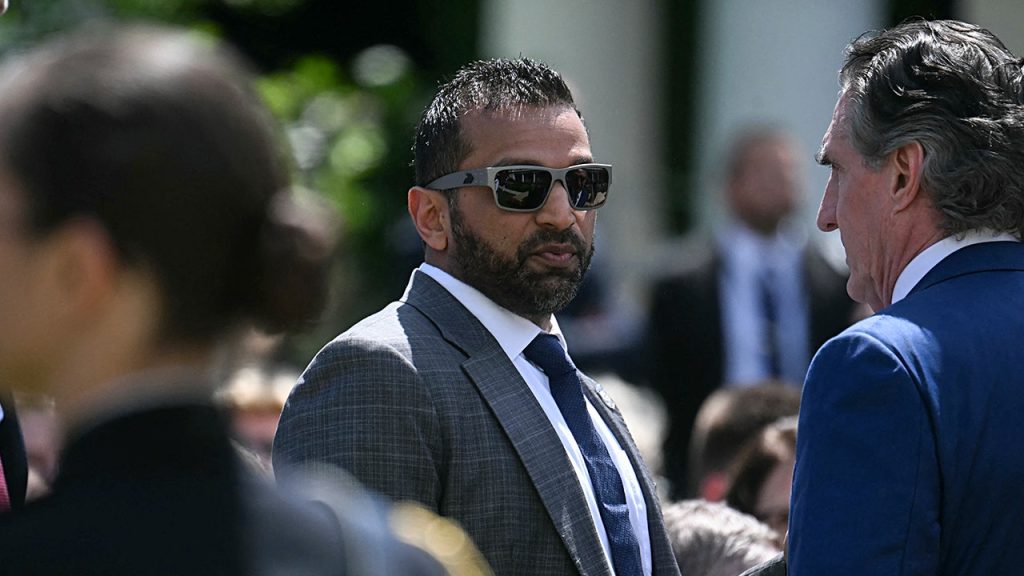FBI Reveals Anti-Religious Motives Behind Minneapolis School Shooting
In a shocking revelation, FBI Director Kash Patel has classified the recent shooting at a Catholic school Mass in Minneapolis as an act of domestic terrorism fueled by hate-filled ideology. The attack, described by Patel as “barbaric,” was carried out by Robert Westman, who left behind numerous anti-religious messages in his manifesto and inscribed them on his weapons. This disturbing incident has sent ripples of fear through religious communities nationwide, highlighting the growing concern about targeted violence against faith-based institutions.
According to the FBI’s ongoing investigation, Westman’s manifesto and firearms contained multiple anti-Catholic and broadly anti-religious sentiments. Beyond targeting Christians, the shooter also expressed violent hatred toward Jewish people, writing phrases like “Israel must fall” and “Free Palestine,” alongside disturbing Holocaust references. Perhaps most alarming to authorities was the discovery of an explicit call for violence against former President Trump written on one of the shooter’s firearm magazines. These findings paint a picture of a deeply troubled individual whose hatred spanned multiple religious and political targets, suggesting a complex web of extremist beliefs rather than a single-issue motivation.
The FBI has committed to employing all available counter-terrorism tools to thoroughly investigate this attack and prevent similar incidents in the future. Director Patel emphasized the importance of understanding the full scope of Westman’s radicalization process and potential connections to extremist networks or online communities that may have fostered his violent ideology. Law enforcement officials are carefully examining his digital footprint, communications, and personal relationships to determine whether warning signs were missed or if others might have been aware of his intentions before the attack. This comprehensive approach reflects the FBI’s increased focus on domestic terrorism threats, particularly those targeting religious communities.
Local police have confirmed that the weapons used in the attack were purchased legally, raising questions about whether current gun laws are sufficient to prevent individuals with extremist views from obtaining firearms. The case has reignited debates about red flag laws and the effectiveness of background checks in identifying potentially dangerous individuals before they commit acts of violence. Community advocates are calling for better mental health resources and earlier intervention strategies, while some religious leaders have emphasized the need for improved security measures at places of worship and religious schools without compromising their welcoming nature.
The attack has had a profound impact on the Minneapolis community, particularly among Catholic school students, teachers, and families who now face the difficult task of processing trauma while attempting to restore a sense of safety. Counseling services have been made available to those affected, and neighboring faith communities of various denominations have offered support and solidarity. This tragedy has paradoxically brought together people across religious divides, with interfaith prayer services and community vigils demonstrating a unified rejection of hatred and violence. Many religious leaders are emphasizing that while their facilities may need enhanced security, they remain committed to maintaining open doors and serving their communities.
As the investigation continues, this incident serves as a sobering reminder of the ongoing threat of ideologically motivated violence in America. The complexity of the shooter’s hatreds—spanning anti-Catholic, anti-Jewish, and anti-political establishment sentiments—highlights the challenge facing law enforcement in identifying and preventing attacks motivated by such diverse extremist beliefs. While Director Patel has classified this as domestic terrorism, the case also raises difficult questions about the intersection of mental health, online radicalization, and access to weapons. Moving forward, communities across the nation will be watching closely as authorities work to determine how this individual’s path to violence might inform better prevention strategies, while religious institutions balance the need for security with their fundamental missions of openness and compassion.


